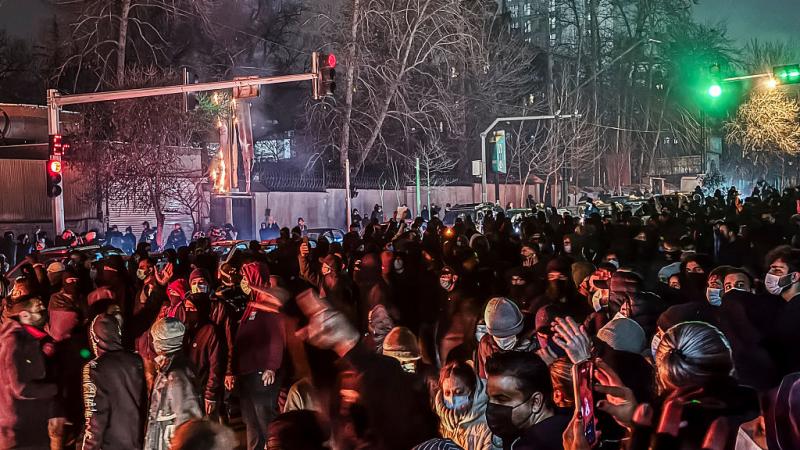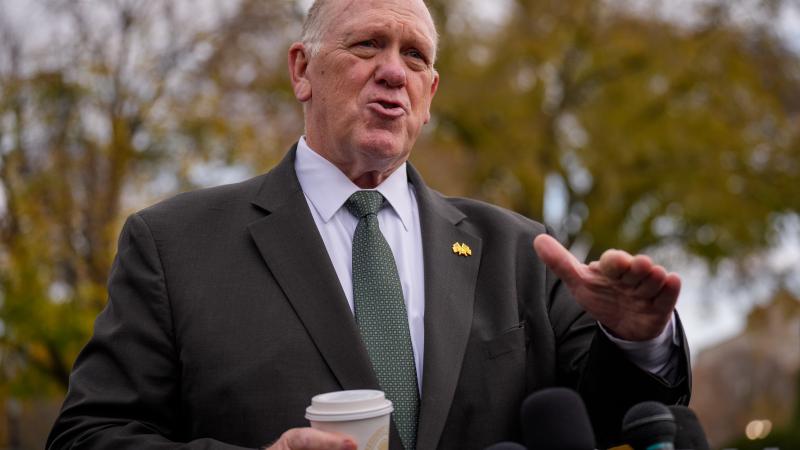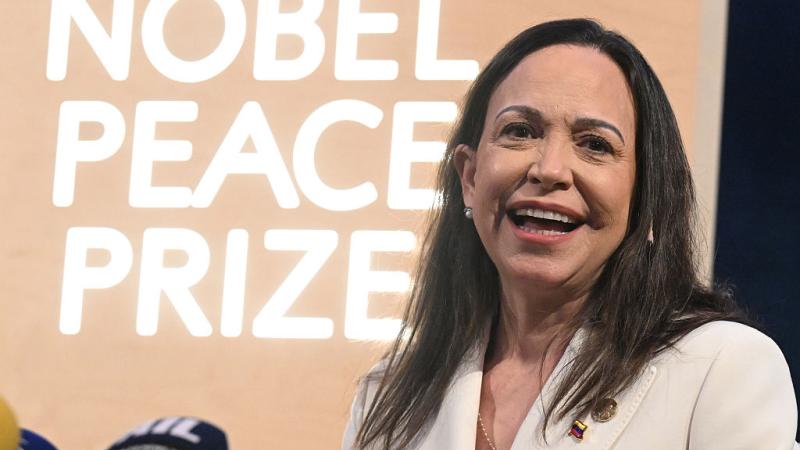A tale of two COVID economies: Red state recovery, blue state recession
In red states (those voting Republican for president in all four of the last four elections), the combined unemployment rate stood at 6.6%. Among blue states (those that voted Democrat in all of the last four for presidential elections), the figure was 10.5%.
As Democratic candidates across the nation harp on the economic devastation they attribute to the Trump administration's mishandled COVID response, a closer look at state by state unemployment data reveals something far different: a tale of two economies on starkly divergent paths out of crushing shutdown economics. In "red" states, economic recovery is in full roar. "Blue" states, meanwhile, lag far behind, still staggering under unemployment levels associated with the deepest recessions. Suspended somewhere between these two poles are politically mixed "purple" states muddling through with fittingly middling unemployment numbers.
Just the News reviewed U.S. Bureau of Labor Statistics unemployment data by state for August (the latest data available). The national unemployment rate — which now stands at 7.9% — was 8.4% in August. However, the economic pain represented by that number was not spread evenly across red, blue and purple states — far from it. Fueled by broader, faster economic reopenings following the initial coronavirus crash, conservative-leaning red states are by and large far outpacing liberal-leaning blue states in terms of putting people back to work.
Just the News found that 9 of the 10 states with the lowest unemployment rates are are led by Republican governors (Montana, led by Democratic Gov. Steve Bullock is the lone exception). In startling contrast, 9 of the 10 states with the highest unemployment rates are led by Democrats (the exception being Massachusetts, led by Republican Gov. Charlie Baker, a critic of President Trump).
In red states (those voting Republican for president in all four of the last four elections), the combined unemployment rate stood at 6.6%. Among blue states (those that voted Democrat in all four of the last four presidential elections) the figure was 10.5%. Among purple states (all of the others, either split 2 and 2 or 3 wins for one party and one win for the other), the unemployment figure was 7.8%.
Even within the purple states, there was a familiar, albeit far less pronounced, partisan discrepancy: Purple states led by Republican governors had an unemployment rate of 7.3%, while the rate for purple states with Democratic governors was 8.2%.
Kevin Hassett, former chairman of the White House Council of Economic Advisers, anticipated the ultimate impact of the faster reopening trends among red states in an interview with Just the News in May. "You're seeing very large variation across blue and red states right now and the extent to which economies are turning back on," Hassett noted back then, "and I think that that's probably the story of the data that's probably most under-told right now."
"[It's] definitely the case," Hassett emphasized, "that the economies are picking up quicker right now in places that are opening up."
"As astounding as the recent economic renaissance in American has been, the reality is that far too many lockdown governors are a drag upon the process, imposing unreasonable restrictions upon their states' economic activity for purely political motives," Steve Cortes, an economic advisor to the Trump campaign, told Just the News. "As strong as the V-shaped recovery is in America, it could be even better if the oppressive governors of many blue states would allow citizens to fully begin the process back to normalcy with safe openings of businesses, schools, sports etc."
The Biden campaign did not respond to a request for comment from Just the News.
Jonathan Hartley, a visiting fellow at the Foundation for Research on Equal Opportunity, cautioned that in interpreting the jobs data it's important to note that states that were strong post-pandemic were generally strong pre-pandemic as well.
"Some states have perennially low unemployment, e.g. South Dakota," Hartley told Just the News in an email.
These disparate outcomes could be part of why the president recently said he was pulling the plug on future coronavirus stimulus negotiations until after the election — Trump has said he didn't want poorly-run states to be subsidized by better-run states. The negotiations are still ongoing, with congressional Democrats reportedly negotiating with U.S. Treasury Secretary Steve Mnuchin.
Treasury Department spokeswoman Monica Crowley told Just the News that Democrats initially came into current stimulus negotiations wanting between $900 billion and $1 trillion dollars for state and local assistance.
"In the original CARES Act, we sent out about $150 billion to state, local and tribal governments to take care of COVID related expenses," Crowley said on "Just the News AM" Wednesday morning. "Democrats then came back and said they wanted close to a trillion to bail out states that have been fiscally mismanaged for decades — completely unrelated to COVID-related expenses. And our side said, 'No, the president doesn't want to be in the business of bailing out these states.' When you talk about unemployment, you look at the red states, you look at the blue states. You have very distinct economic agendas and visions, and the red states — you have lower government burdens, lower tax rates, lower regulatory burdens on businesses of all sizes. Blue states have more of all of that — higher taxes, more regulation, and so on. And you can see the economic ramifications of that."
Noting that undecideds in the presidential race oppose relocking by a ratio of almost 3-1, Rasmussen said, "If there is to be a late comeback for the president, this question might provide a clue as to why."
















